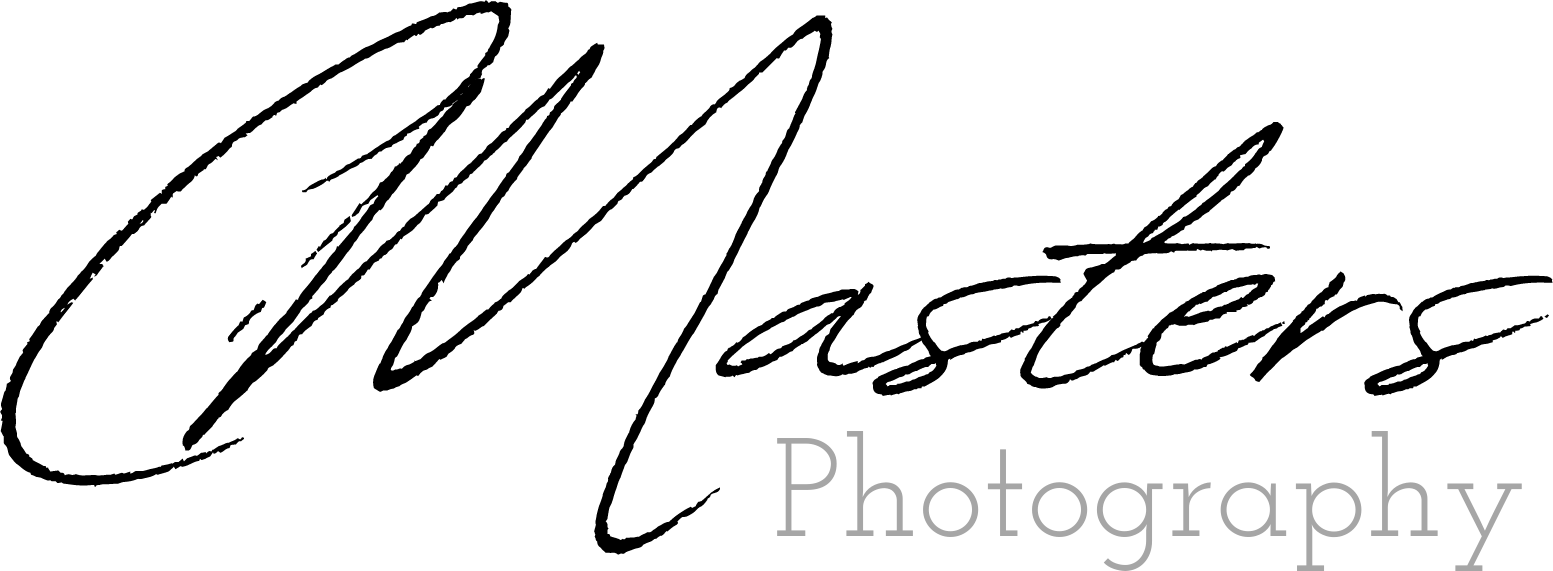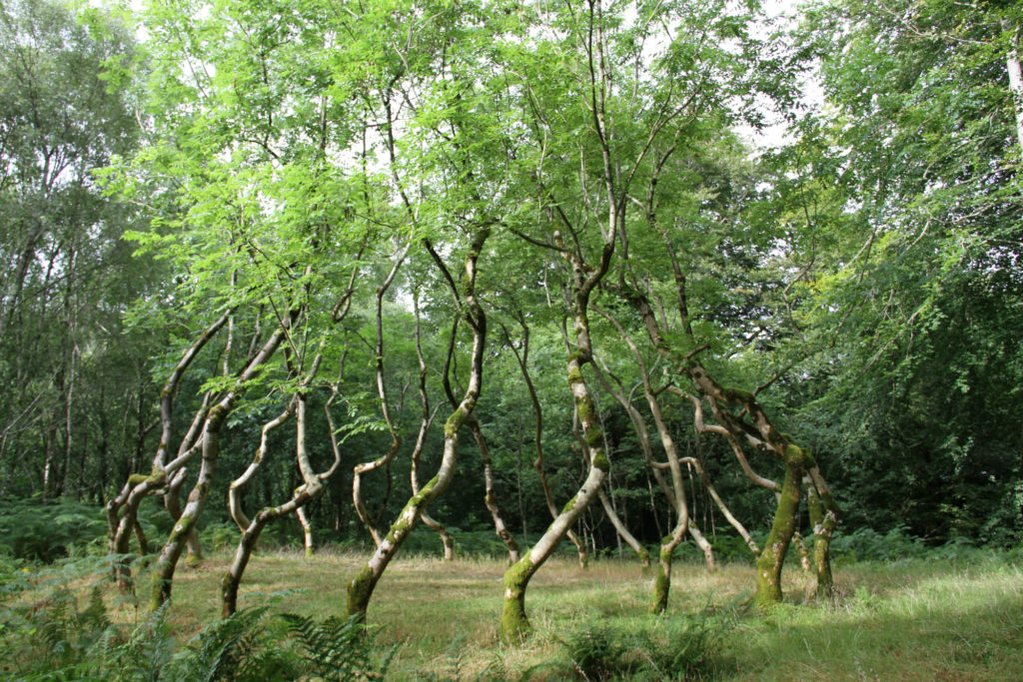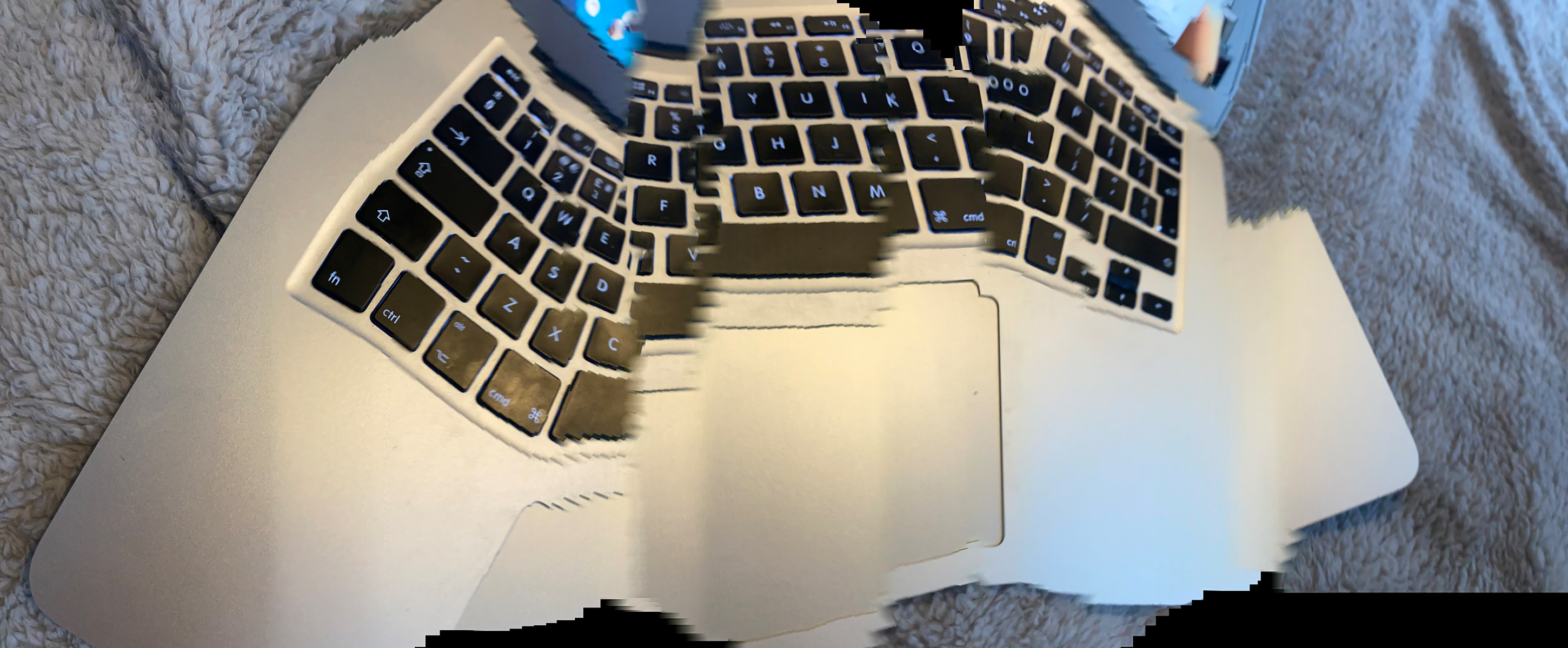TMA1431 Creative Studio: Workflow- drawing and mark-making
May 5, 2021For Week 2 contemporary art and illustration technician Ryan Durrant led a workshop based on the concept of how we perceive what a drawing is and the elements that actually make up a drawing. When initially thinking of the term drawing, we instantly usually connect the term with the use of a pencil or paint. However, Ryan uses abstract materials such as mud and other natural resources to create textures and tones within his work. Ryan explained that drawing is a starting point for everything we do, and is subconsciously used throughout daily life e.g. shopping list,
doodling, making notes ect. What i took from this comment is that essentially drawing is a visual brainstorm and different way to enhance our visions in
our minds.
Ryan then introduces us to a video of artist Amy sillman, titled ‘Drawing in the continuous present’, futher backing up the theory that we use drawing subconsciously. She explains that when we are younger one of the first things we are taught to express ourselves is to draw and create art however as we reach adolescence majority of us begin to say we cannot draw, but everyone can draw and in-fact we do it daily, their is just a variety of drawing that is present and if we continued to put as much effort into drawing as we did initially, we would all be able to ‘draw’. She refers to drawing as the ‘underdog form of art’ and ‘the everyday thing’ due to it being so democratic and continues with her video by listing all the ways in which drawing is used by variations of artists.
Below i have listed terms that i think resonated with me and my practice or that i subconsciously use daily;
“To gesture, scribble, scratch, stain, brush, shadow, silhouette,
layer, light painting, record, concentrate, construct, design, study, mark,
doodle, sign, signify, pattern, composite, contrast, illustration, lay out,
compose, re-jigger, elaborate, invent, diagram, map out, point out, plot, plan,
envision, configure, enlarge, specialise, slice, mesmerise, maximalise, territorialise,
demonstrate, state, perform, recall, narrate, textualize, express, intensify,
liquify, pop, imagine, reframe, reconstruct, edit , abstract, embody, daydream,
characterise, picturise, describe, reveal, project, fantasize, remember, image,
mimic, repeat, erase, remind, alter, cut up, observe, show, freeze, exaggerate,
baffle.”
After Amys video finishes, Ryan continues the lecture by showing us examples of artists who use drawing in a more creative context than most commonly known. Two examples that caught my attention most were;
Artists Christo and Jeanne-Claudes ‘Running fence” installation (seen below).
Wolfgang Volz (1972). Running Fence, Sonoma and Marin Countries California 1972-76 [Photograph]. Christo and Jeanne-Claude. https://christojeanneclaude.net/artworks/running-fence/
‘Ash dome’ by David Nash (seen below) using the landscape and
nature to create drawings.
David Nash (1977- Ongoing). Ash Dome [Photograph]. artnet. https://news.artnet.com/art-world/artist-living-sculpture-starts-dying-david-nash-stoical-life-death-ash-dome-1307201
When things aren’t available to us, we become less precious
about our work and begin to experiment. For e.g., taking images on walks or
finding new concepts to photograph because our usual subject is no longer
available, which leads into new concepts. This process has actually helped to evolve my own project within the first term and still influences the way I begin to create concepts now, However this would have never happened if the resources necessary were not initially taken out of reach, backing up evidence for becoming less precious about work in general, when all rules of working are removed.
A task given in the lecture was to take an image of something within your environment that could be considered an element of drawing. From this brief i reacted by using my iPhone to create a panorama of what was in front of me however it resulted in almost a glitch like image of my laptop (see below). However, it was stated during the lecture that sometimes the best work is created from mistakes and i think this a perfect example of how accidental distortion, could lead to a brainwave of future experimentation with distorted imagery.
Overall This lecture has helped me to think about how i can engage with other materials and my environment more, as a creative. And how becoming more in contact with my unconscious, will help me to become more aware and reactive of how to develop work in my environment with the recourses available.



